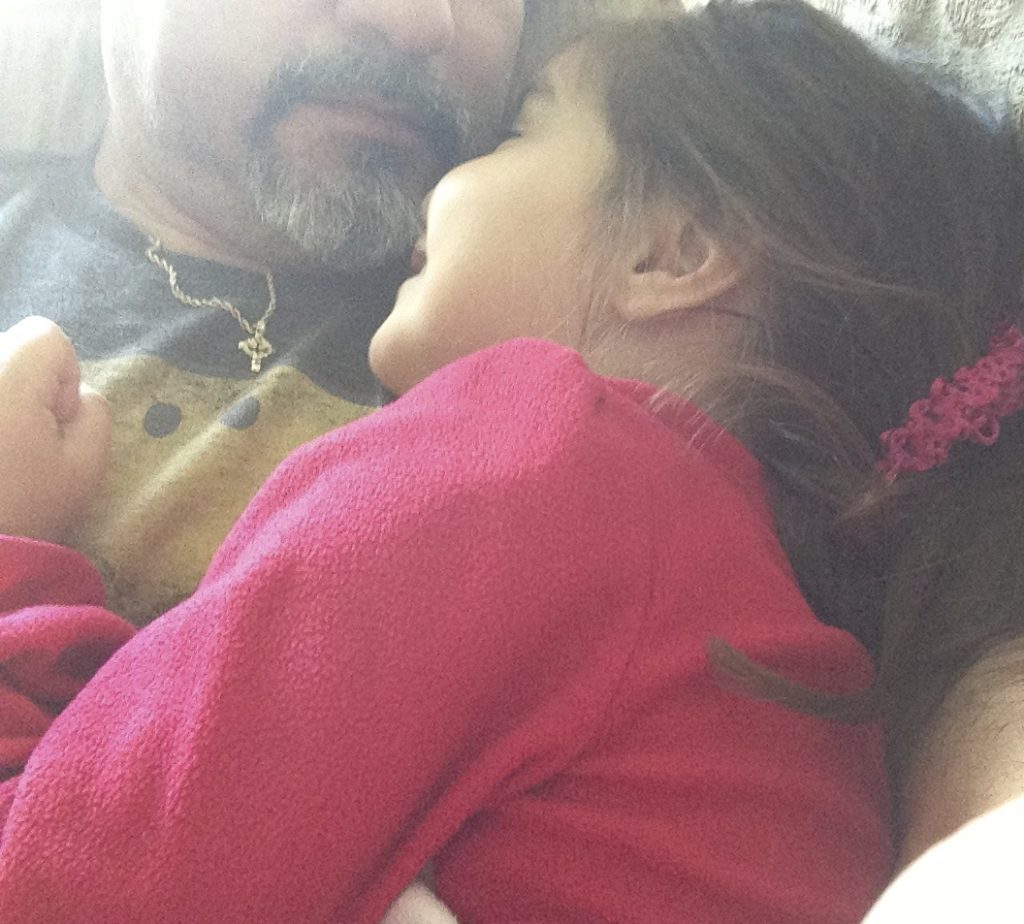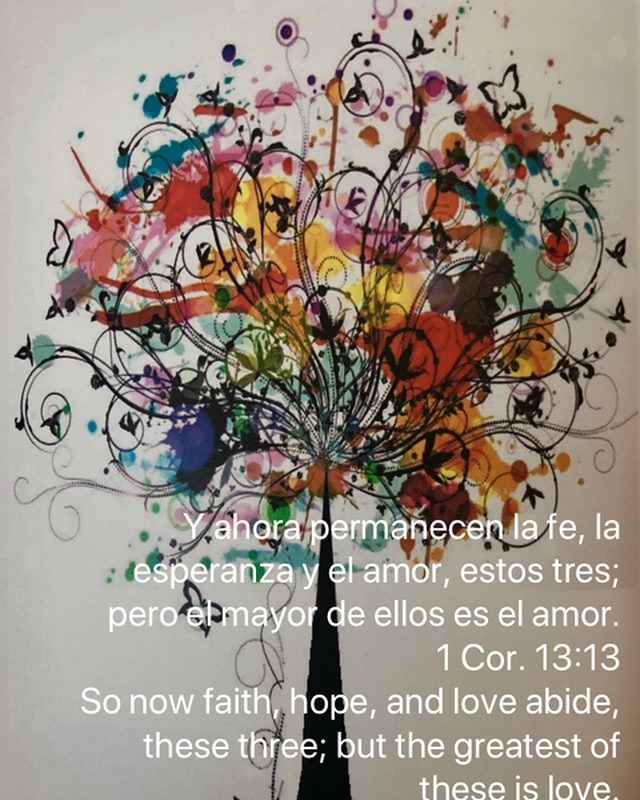During the dispersion, many Jews had inhabited places far from Jerusalem, learning and speaking the Greek language and culture. Many of them believed in the gospel and became part of the Church. The church was one. She was united in Christ. But growth brought a problem. In this passage we look at how this problem is solved.

Search/Buscar
Versículo de la Biblia
Pero, amados, no ignoréis que, para el Señor, un día es como mil años y mil años como un día.- Advice from a Spiritual Father – Acts 20:17-38
- Encouraging & Strengthening Others, Worshipping on the Lord’s Day! Acts 20:1-17
- The threat of the Way, the foolishness of idolatry and God’s mission – Acts 19:21-20:1
- How God Uses His Servants – Acts 19:1-20
- Affirming others in the Faith – Acts 18:18-28
 Internet Archive – bookmarks for: despond
Internet Archive – bookmarks for: despondCategories/Categorías
1 Corintios 1 Pedro 1 Tesalonicenses 1 Thessalonians 5 Acts advenimiento Apostle Paul book of Acts books church crecimiento espiritual Diez Mandamientos discipulos Encontrando a Dios En Hechos Filipenses grace community church grace community church tyler grace español Hechos Hispanic Culture Hispanics Iglesia iglesia multiétnica Jesucristo Jesús la oración La Palabra La Palabra de Dios Obediencia Obediencia a La Palabra Oración Pablo Pastor Persecución prayer proverbios sabiduría sabiduría de Dios salmo 119 Salmos Salvación spanish Spanish language UncategorizedDespond's bookshelf: currently-reading




 by Eric GeigerI am enjoying this book and agreeing with it (like "yes!", "write on"...laughing that Jesus wouldn't get hired because he was single...silly but prob would be true). There are some parts that uses particular language to describe leadersh...tagged: currently-reading
by Eric GeigerI am enjoying this book and agreeing with it (like "yes!", "write on"...laughing that Jesus wouldn't get hired because he was single...silly but prob would be true). There are some parts that uses particular language to describe leadersh...tagged: currently-reading



 tagged: currently-reading
tagged: currently-reading



 tagged: currently-reading
tagged: currently-reading



 tagged: currently-reading
tagged: currently-reading

-
Material is copyright by eigaldamez. Permission is given to re-post or reproduce without editing the content.
Disclaimer:
The contents of all personal web pages and blogs published are solely my responsibility.
Statements made and opinions expressed on personal pages are strictly those of the author and not of any organization, church, or school. Archives/Archivos
- 15,509







